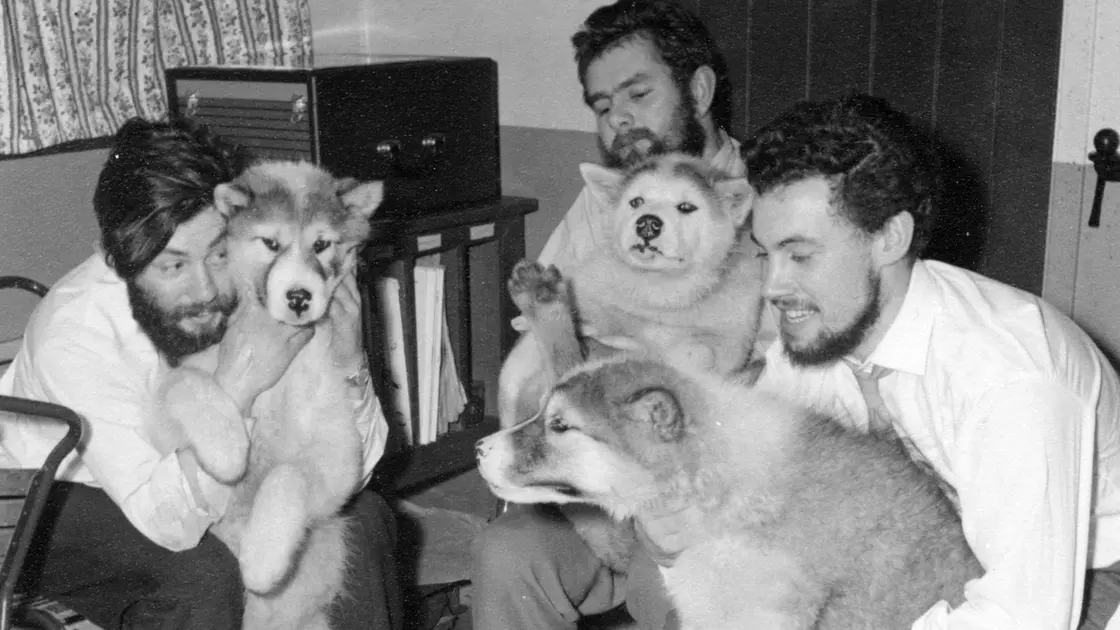T4K3.news
Body found in glacier linked to disappearances
A man missing since 1997 was found inside a melting glacier in northern Pakistan, illustrating how climate change reveals long-hidden histories.
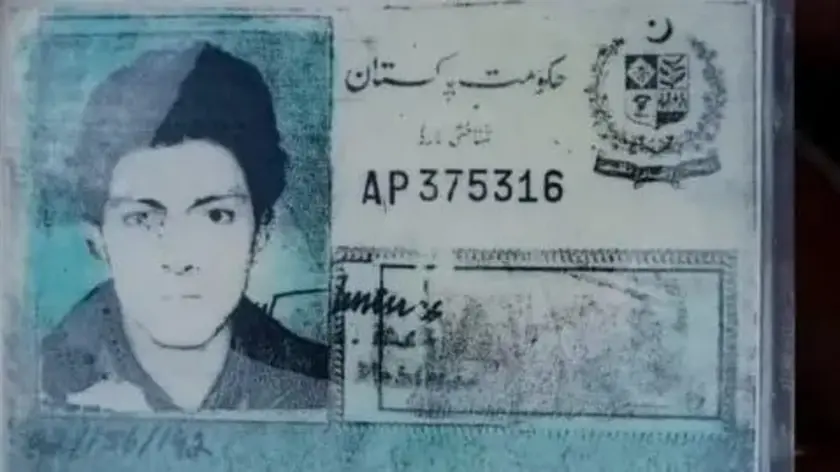
A local man identified as Naseeruddin disappeared in 1997 while traveling with his brother in northern Pakistan; his remains were found this week as glaciers melt.
Body of man missing 28 years found in melting glacier
In the Kohistan region of northern Pakistan, a shepherd uncovered a body inside a melting glacier in the Lady Valley on August 1. Authorities say the remains belong to a local man who disappeared in June 1997 during a journey with his brother. An ID card bearing the name Naseeruddin was found with the body, which was said to be unusually well preserved due to the cold, dry conditions inside the glacier. Attacks on the route and a retreat into a snow cave are described as possible factors in the disappearance. A large search and rescue effort at the time did not locate him. The discovery comes as climate change accelerates glacial melt in the region, exposing long hidden remains and reshaping travel routes for hikers and locals alike. Researchers note that glaciers preserve bodies for decades when conditions are right, then release them as ice recedes.
Key Takeaways
"The body was found with the ID card still intact"
Direct quote from a report describing what was found
"Climate change is turning the Himalaya into a memory machine for those who vanish"
Analyst framing linking the discovery to climate trends
"The preservation shows how quickly bodies can become mummies in glacier conditions"
Expert explanation of the preservation process
"We need better search and safety measures in these remote paths"
Local official remark on SAR needs
This find underscores how climate change is rewriting the map of life in high mountain areas. Glacial melt not only reshapes landscapes but also memory, turning ice into a fragile record of past events. The discovery prompts reflection on remote search efforts and the limits of local infrastructure in danger zones. At the same time, it highlights how personal histories intersect with regional tensions, including family disputes that can escalate into violence. Journalists reporting from such regions must balance empathy with restraint to avoid sensationalism while helping communities understand what the melt means for safety, history, and memory.
Highlights
- The ice keeps stories when people fail to leave a trace
- Climate change makes mountains into memory banks
- This find shows how remote life surfaces as ice retreats
- A name returns only as the glacier gives up its secrets
Local backlash and regional sensitivity
The article touches on a violent family dispute and a remote border region in Kohistan. Public reaction could include misinterpretation or backlash from local communities or political groups. Reporting should avoid sensationalism and respect cultural context while presenting facts.
As the ice dissolves, so too will some old stories and perhaps new questions about how we protect people in dangerous landscapes.
Enjoyed this? Let your friends know!
Related News
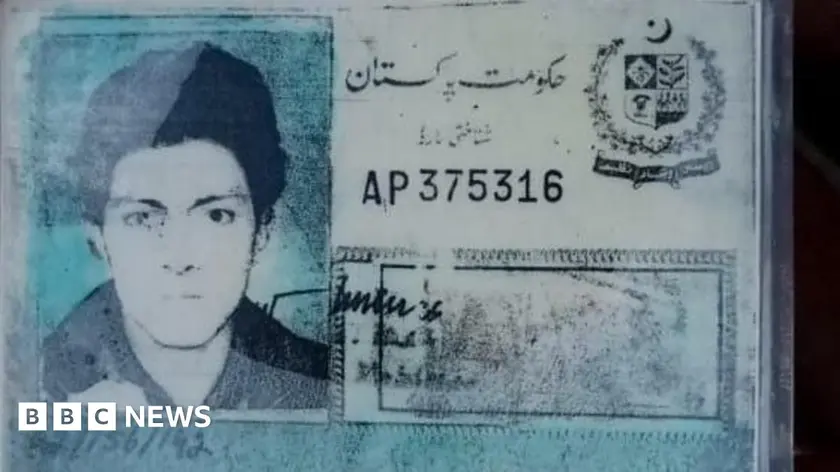
Body of man missing for 28 years found in glacier
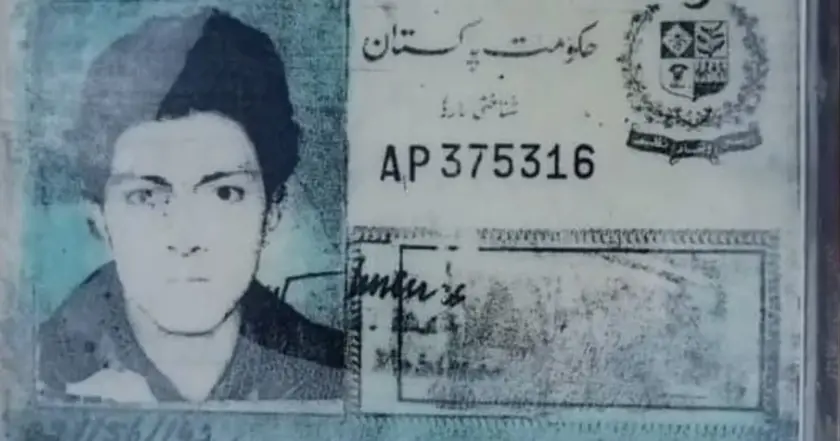
Missing Man Found After 28 Years in Glacier
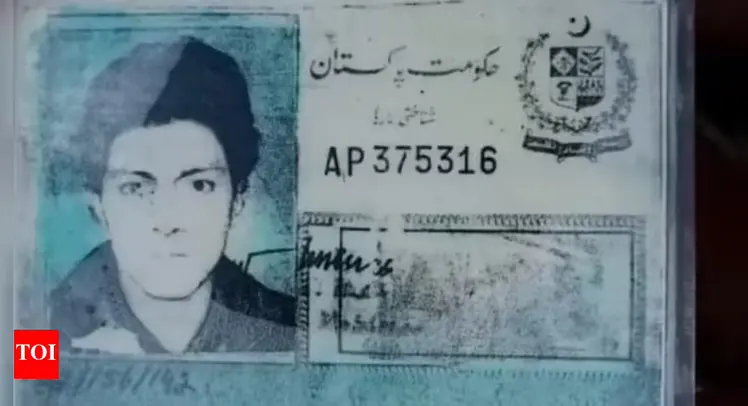
Body found in glacier nearly 30 years after disappearance
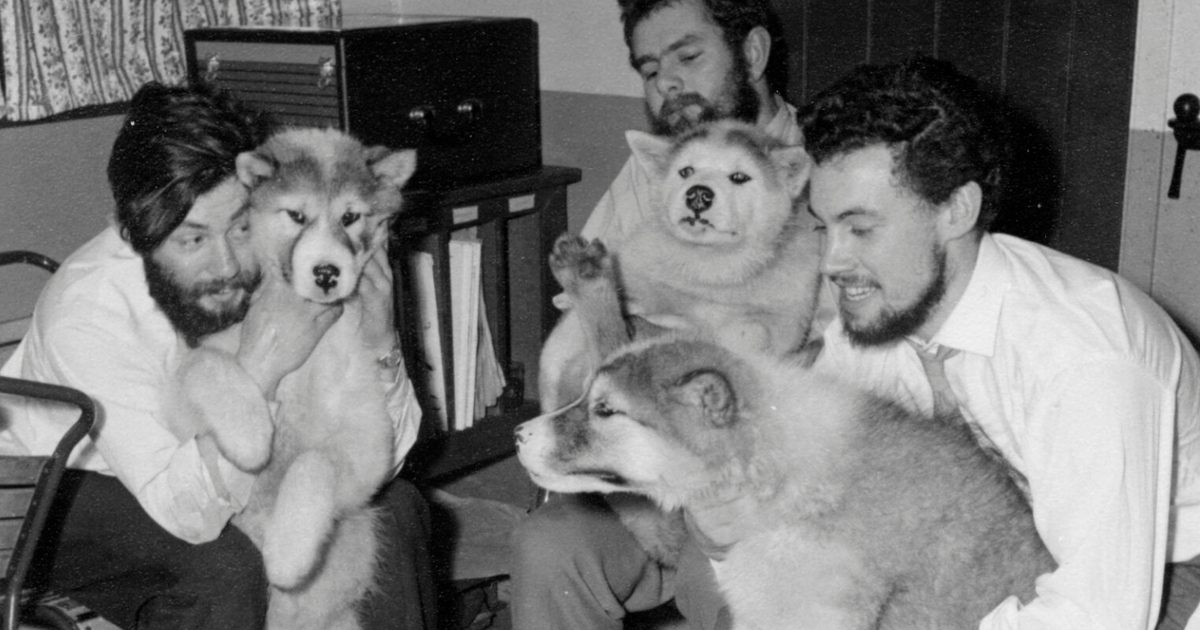
Antarctic Discovery Ends 66-Year Mystery

Glacier Reveals 28 Year Mystery in Pakistan
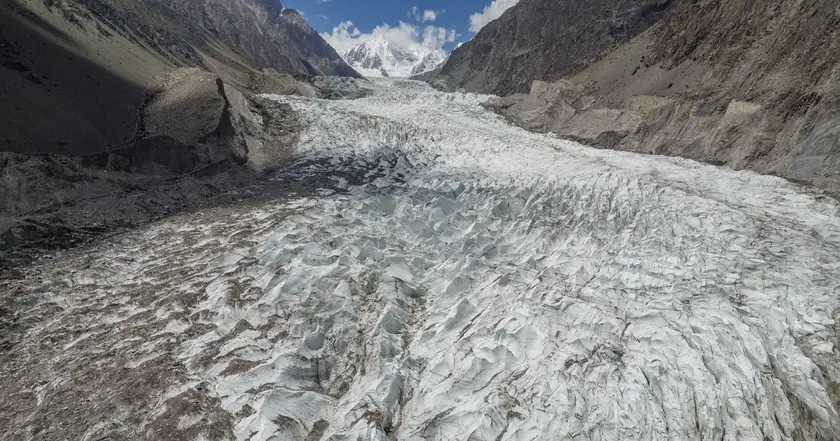
Missing father found on glacier in Pakistan after 28 years
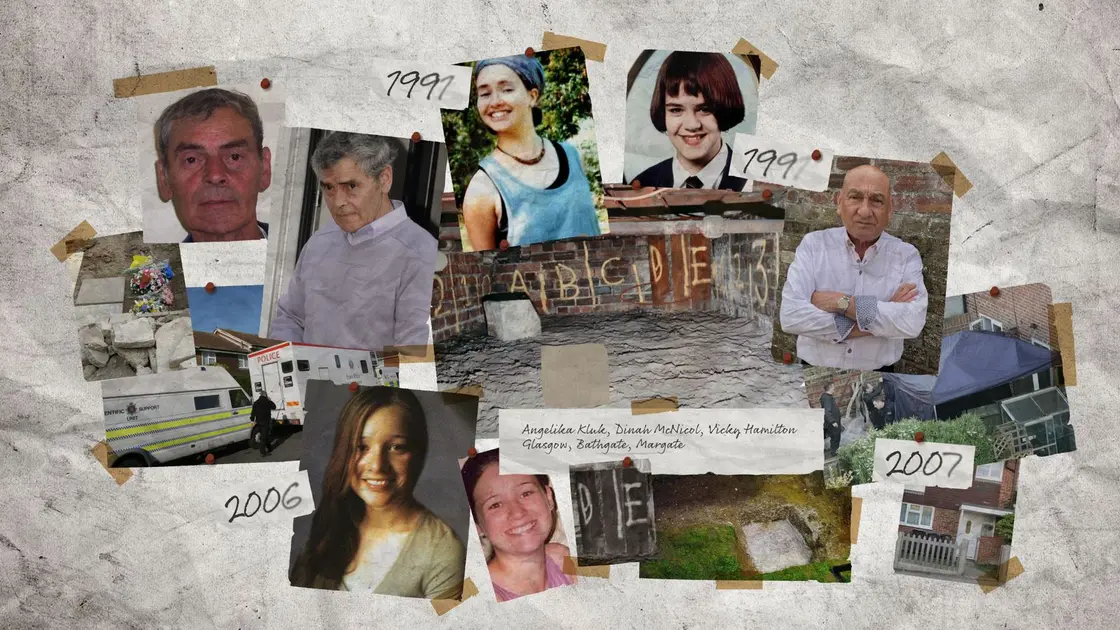
Former detective warns of more victims linked to Peter Tobin
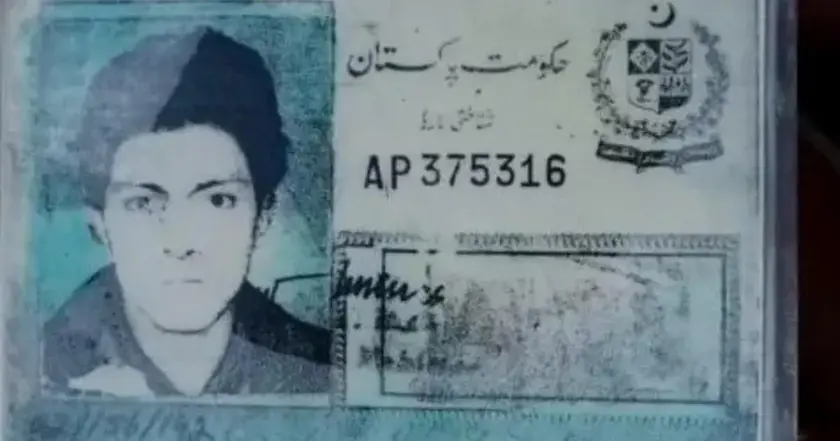
Man missing for 28 years found in remote glacier
